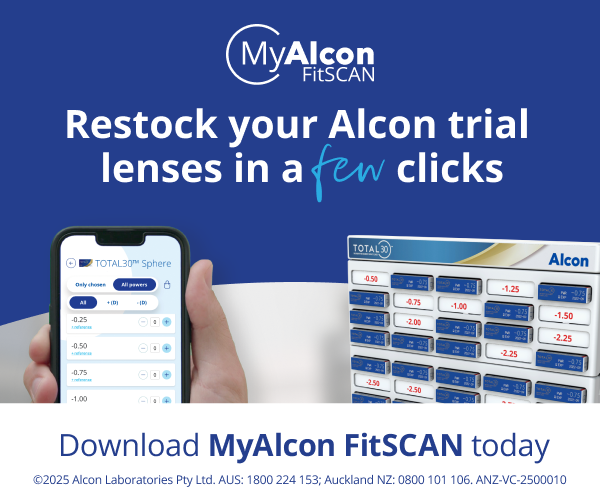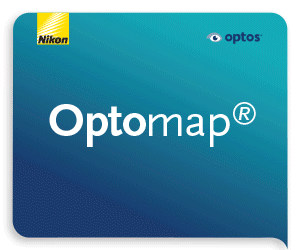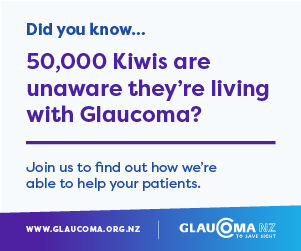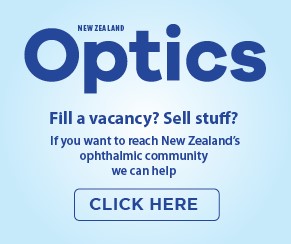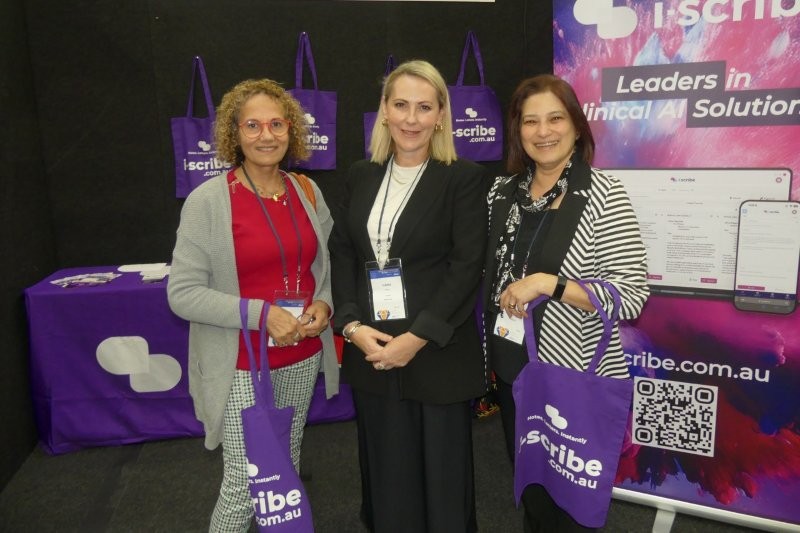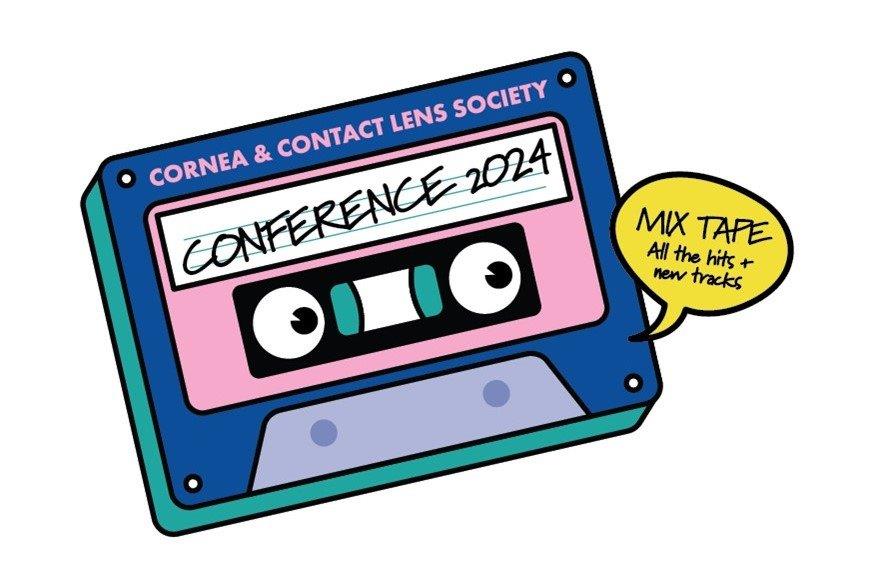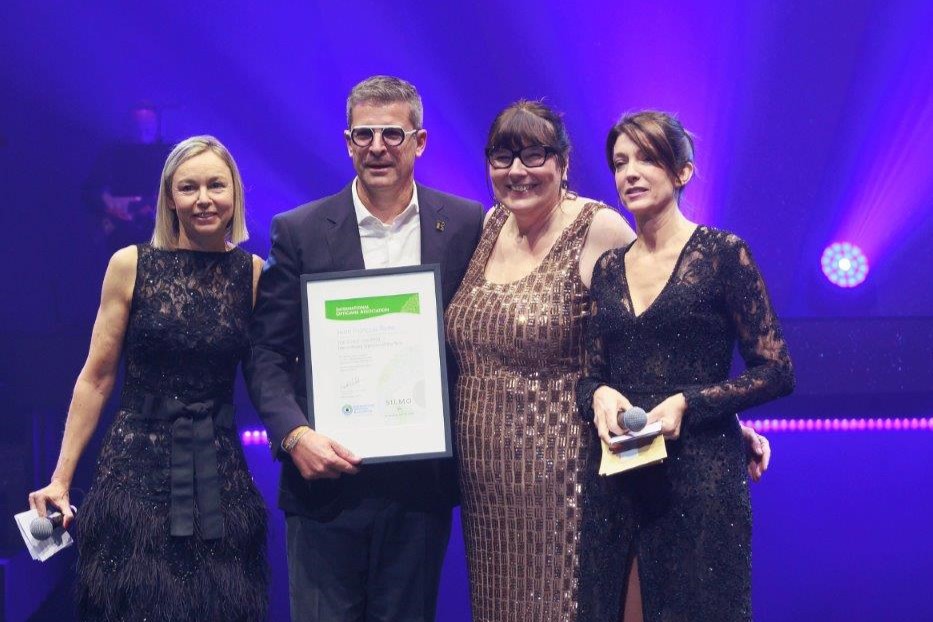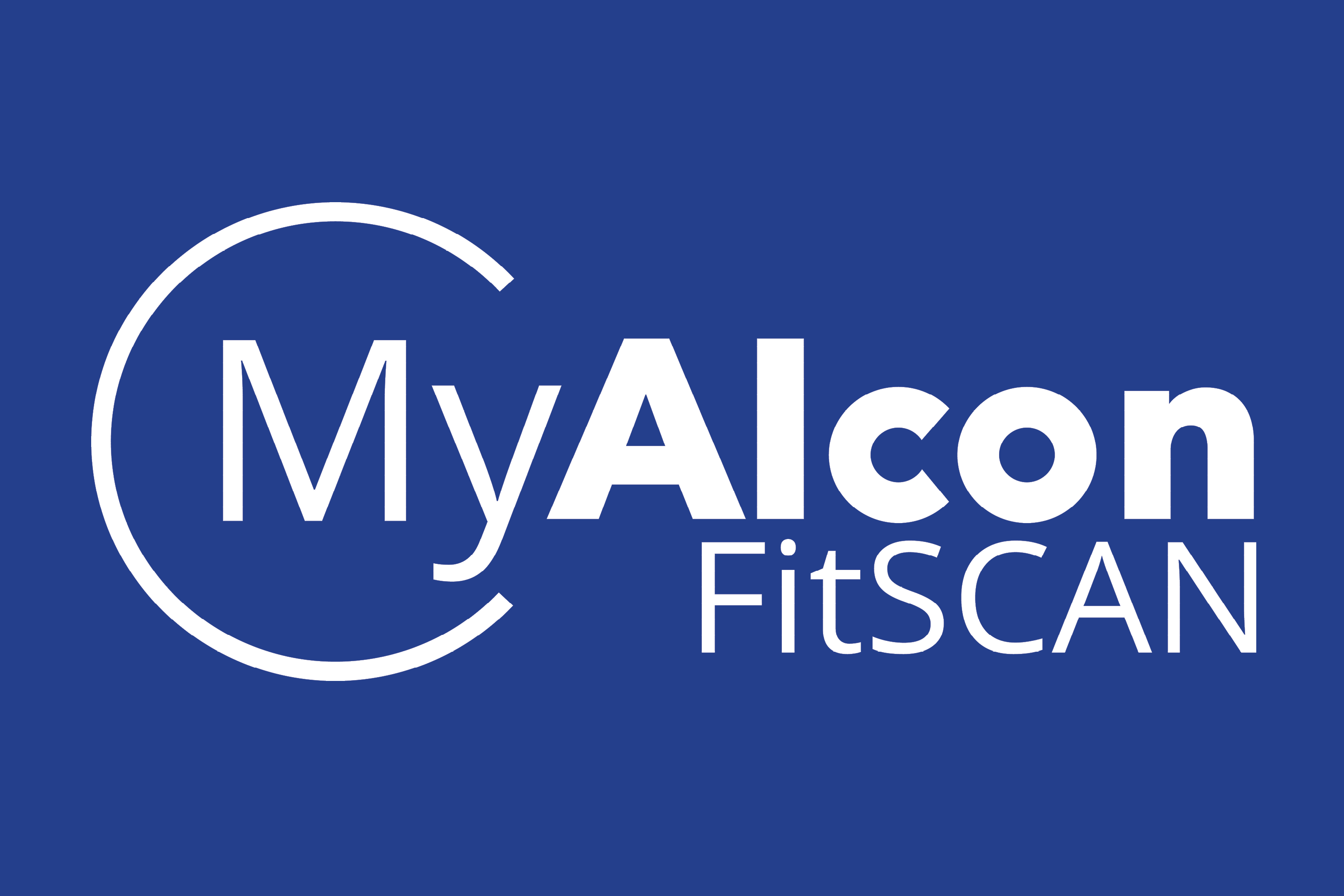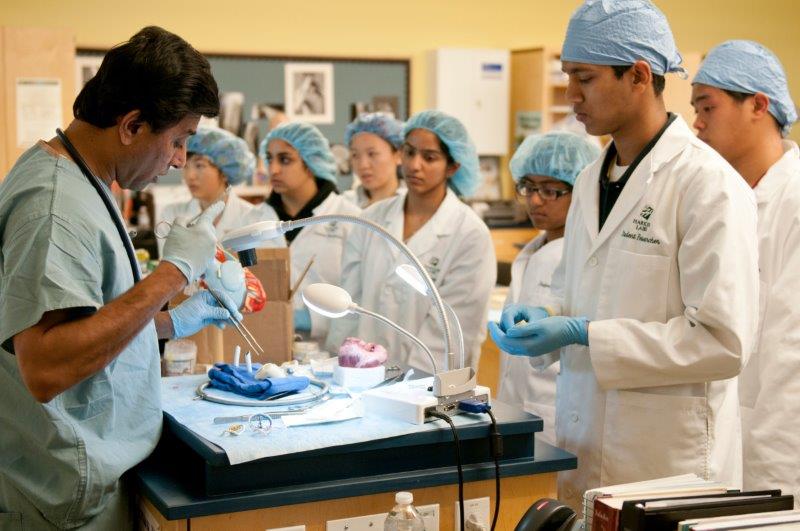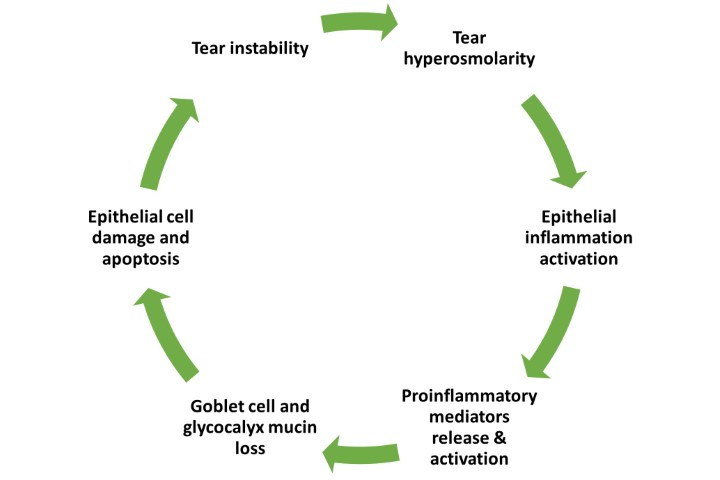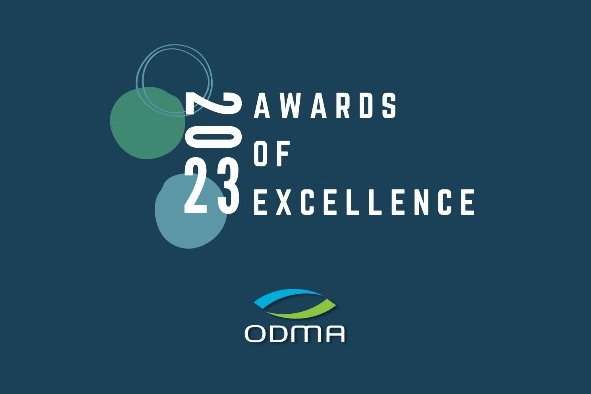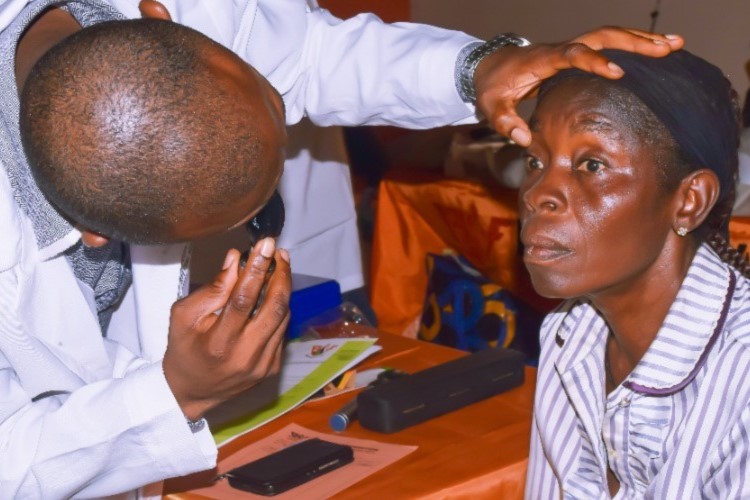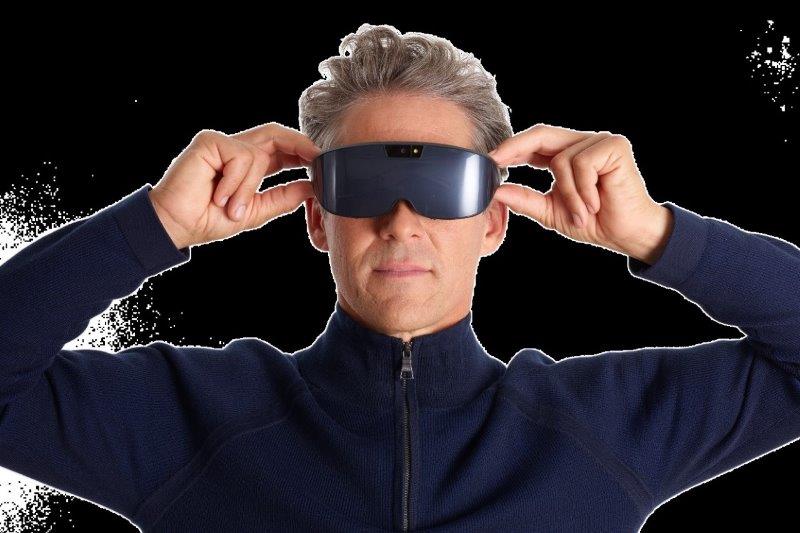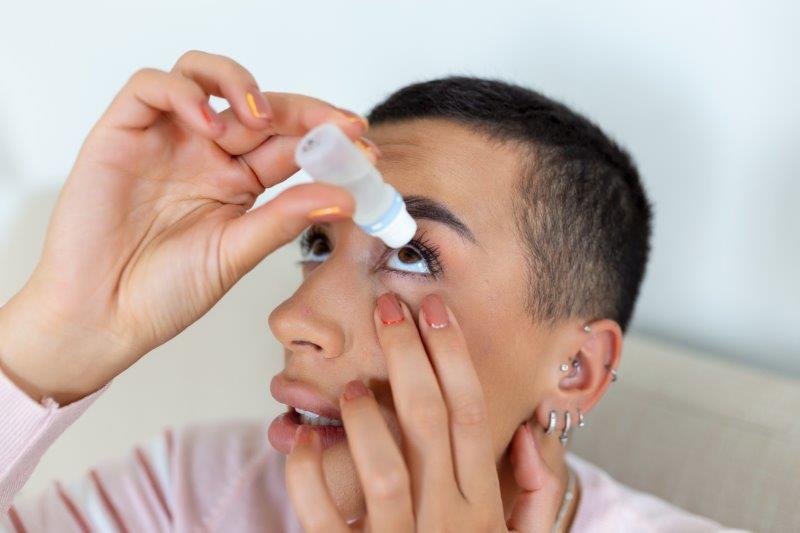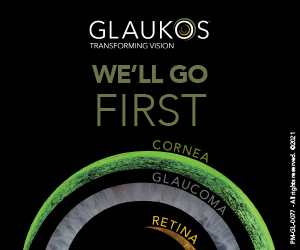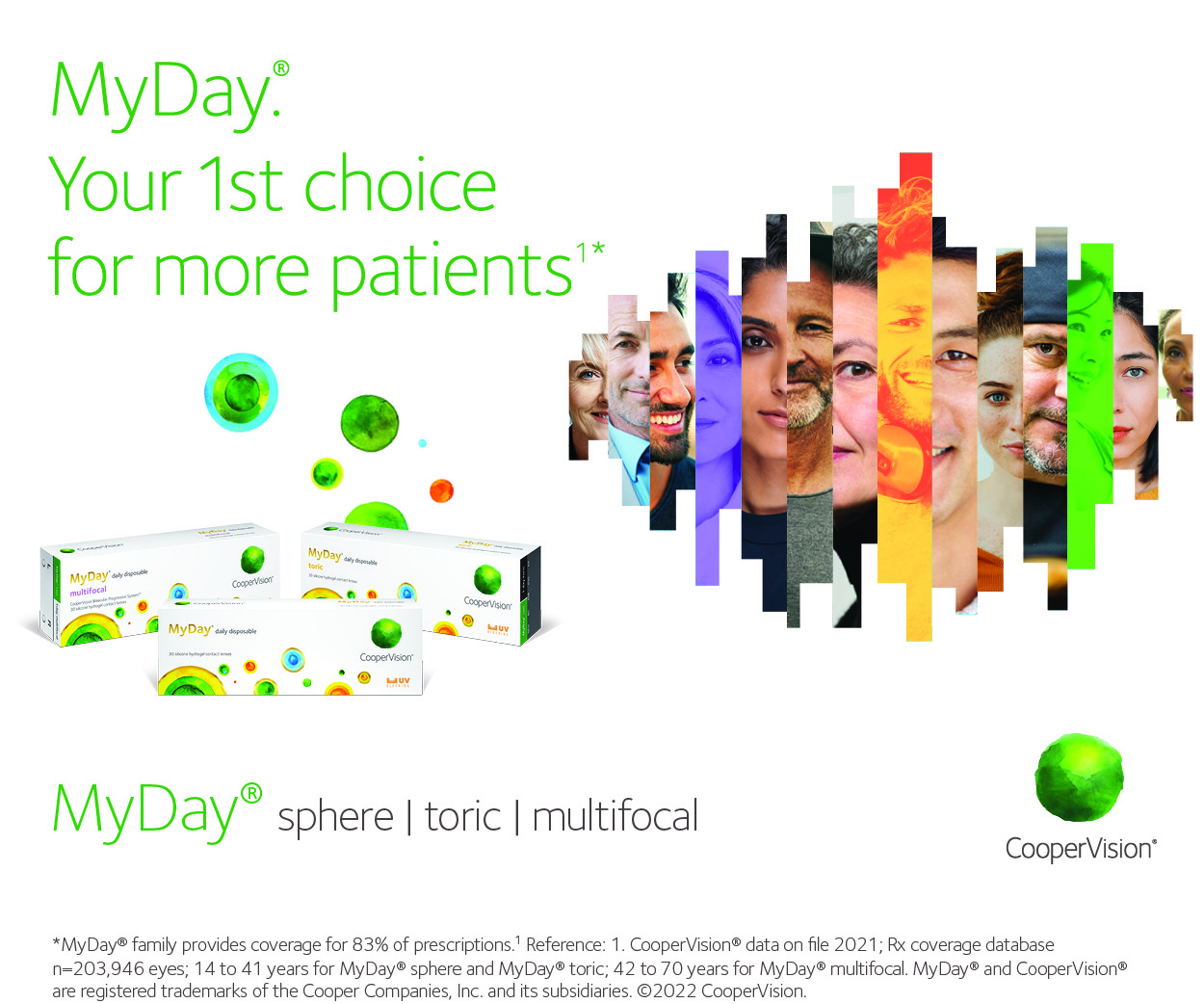Ophthalmic-trained AI scribe’s ANZ push
iScribe, an artificial intelligence (AI) note-taking tool that converts patient conversations into clinical notes, referrer and patient letters, has gained 15-20% of the Australian ophthalmology market since its launch at the beginning of 2024, reported its parent company Akuru.
The digital scribe technology is one of several similar technologies targeting the health market, particularly GPs, since rapid advancements in AI, automatic speech recognition and natural language processing made the technology possible over the past five years. But iScribe is probably the only one designed by an ophthalmologist, said co-founder, Akuru’s chief technology officer and Australian ophthalmologist Dr Chandra Perera.

Dr Chandra Perera
Dr Perera said he started trying to design his own digital note-taking tool a few years ago, frustrated by the time he was spending on administration and looking at his computer instead of talking to patients. He further developed his coding skills during his ophthalmic fellowship training at Stanford University in California, but back then AI technology was simply not advanced enough to create the tool he wanted, he said. Two years ago, however, he joined forces with some similarly tech-savvy medical specialists from ophthalmology and other medical fields to take advantage of the new AI advances to finalise iScribe.
In just over a year since iScribe’s launch, as well as capturing 15–20% of the Australian ophthalmology market, it has gained 10–15% of Australian ENT specialists, landed a significant national contract with a 100-plus cardiologist group, launched the product in New Zealand and started talking to optometrists, said Dr Perera. “We probably have at least 1,000 paid users now and about 3,000 people using it across Australia and New Zealand; so it’s growing quickly.”
Key to the technology’s success is that it’s been developed for medical specialists by medical specialists, he said. “I’m a high-volume ophthalmologist; I want to click one button, talk, click another button and everything to be done at once. So the design is built around a specialist’s workflow. We're not some coders trying to work out how doctors work. It’s been built to solve our own problems.”
iScribe transcribes the patient meeting in a customisable note form that culls all unnecessary chat, only noting down information pertinent to the patient’s diagnosis and treatment, both in a more detailed medical format for the specialist and the referrer and in a more patient-friendly letter for the patient. All notes should be reviewed by the specialist, said Dr Perera, but, with 92% accuracy for patient letters, this doesn’t take long, so the letter can be given to the patient at the end of the consult as a reminder of what was said and recommended. “It’s about offering more patient-centred care,” said Akuru’s chief operating officer, ophthalmologist Dr Jamie Chew.
In a 2023–2024 study using AI scribe technology across 17 Kaiser Permanente medical centres in the US, patients reportedly felt “comfortable” with the technology and noticed their doctors “were more focused on them instead of their screens”. Akuru’s own research of 250 patients last year found most felt comfortable with the tool, though transparency about its use was essential. The post-consult letter had an open rate of 96.73% and an “overwhelmingly positive impact on the patient experience”, reported Akuru, with 97% of patients giving a score of four out of five or greater for how the letter helped them understand their own diagnosis and treatment plan. For specialists, the Kaiser study found a 20% reduction in health record interactions, a 30% reduction in after-hours documentation and a two-minute increase in face-to-face time with patients. In Akuru’s survey of 76 specialists, 21% said it saved them two hours or more, 30% one hour and 36% 30 mins a day on administration, as well as improving their clinical workflows, consistency and note quality.





